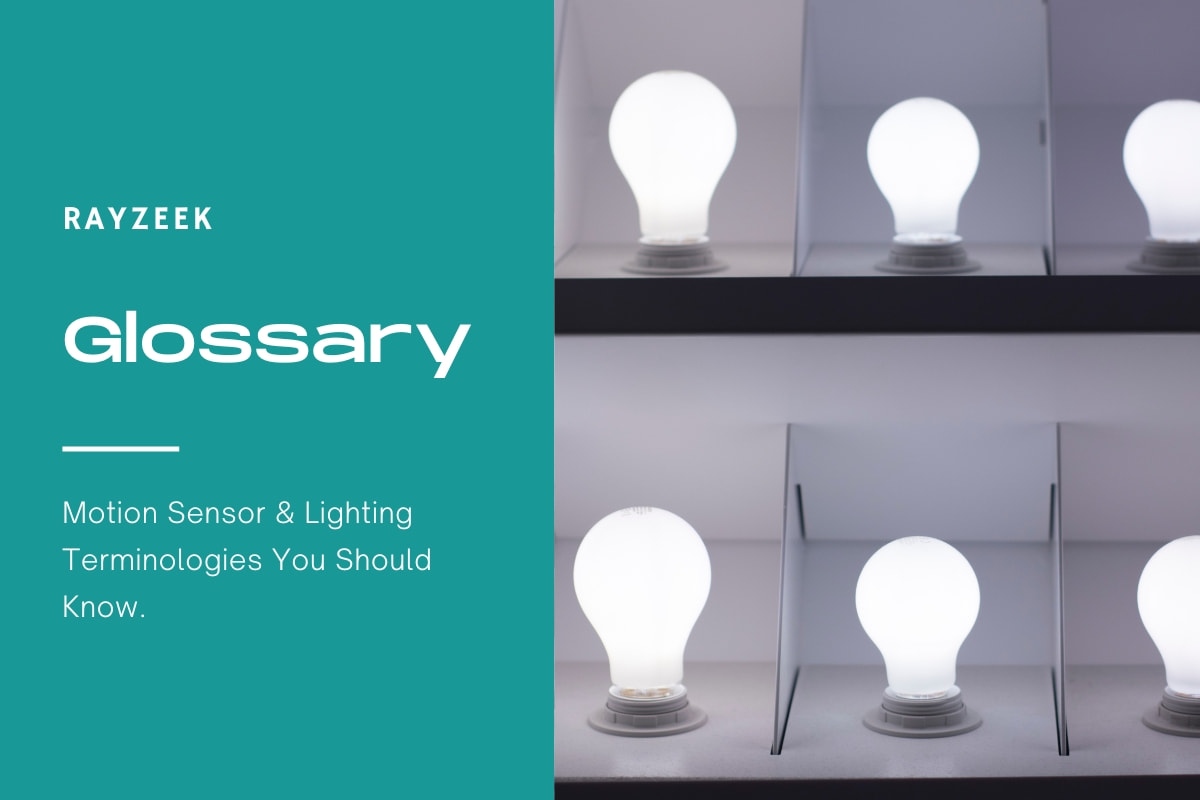What is Indirect Lighting
Indirect lighting is a technique where light fixtures are strategically positioned to emit light that is then reflected off surfaces such as walls and ceilings. This creates a diffused and evenly spread illumination throughout a room, resulting in a soft, shadowless, and comfortable lighting effect. The main purpose of indirect lighting is to provide ambient lighting, serving as the primary source of illumination in a space. Unlike direct lighting, which creates bright light spots and strong shadows, indirect lighting is designed to be easy on the eyes and create a more comfortable and inviting atmosphere.
Indirect lighting can be achieved by directing the light upward towards the ceiling, allowing it to bounce off and be deflected downward, creating a diffused effect. However, it is important to note that this is not a strict rule, and indirect lighting can also be achieved by directing the light downward or sideways and deflecting it to the nearest wall. The key idea is to deflect the light source and allow it to fall into the desired area.
Get Inspired by Rayzeek Motion Sensor Portfolios.
Doesn't find what you want? Don't worry. There are always alternate ways to solve your problems. Maybe one of our portfolios can help.
Apart from its aesthetic benefits, indirect lighting also offers practical advantages. By eliminating harsh shadows and bright spots, it helps to reduce eye strain and create a more comfortable visual environment. It also enhances the perception of space by making a room appear larger and more open. In terms of design, indirect lighting offers flexibility and versatility. It can be used to highlight architectural features, accentuate textures, or create a specific mood or ambiance. Additionally, indirect lighting can be combined with other lighting techniques, such as task lighting or accent lighting, to provide a layered and dynamic lighting scheme.
Looking For Motion-Activated Energy-Saving Solutions?
Contact us for complete PIR motion sensors, motion-activated energy-saving products, motion sensor switches, and Occupancy/Vacancy commercial solutions.
Frequently Asked Questions
How Do You Know if Light Is Indirect
Indirect light can be identified in areas where there is an east-facing window or in the interior of a room that receives ample light from a south- or west-facing window. Another indication of indirect light is when there is a sheer curtain between the light source and the plant.
Are LED Lights Indirect
LED lights are highly recommended for indirect lighting. They come in a variety of forms, such as strips or stripes, and are available in numerous vibrant colors.
Where Do You Use Indirect Lighting
Answer: Indirect lighting is a great choice for minimizing shadows and reflected glare. It is particularly suitable for spaces that have reflective surfaces like computers or televisions. In cases where there are other important visual tasks, it may be necessary to use an additional task light. To achieve the best efficiency, it is recommended to have a white or very light-colored ceiling.
What Is the Most Inefficient Type of Residential Lighting
The issue with incandescent lighting is that it results in higher electricity expenses. Incandescent bulbs are known for their inefficiency, as 90% of the energy they consume is converted into heat rather than light. Additionally, incandescent bulbs have a shorter lifespan compared to CFLs and LEDs.
What Is an Example of Direct Light
Direct light is produced by a fixture or screen that concentrates all light within a specific angle. This type of light generates a distinct contrast between light and shadow. An excellent illustration of direct light is downlights, as they exclusively illuminate downwards.
Why Is Indirect Lighting Better
By reducing glare, indirect lighting enhances visibility, reduces eye fatigue, and potentially boosts productivity. It is particularly beneficial for seniors and individuals with low vision, as their eyes are more susceptible to glare. Incorporating indirect light into design can contribute to creating safer and healthier environments.
Is Indoor Light Indirect Light
Direct light typically refers to sunlight that is not filtered; indoors, this can be achieved through a spacious south or west-facing window or skylight without any obstructions. On the other hand, indirect light is light that has been filtered by objects such as shades, sheer curtains, or the foliage of a tree outside the window.









